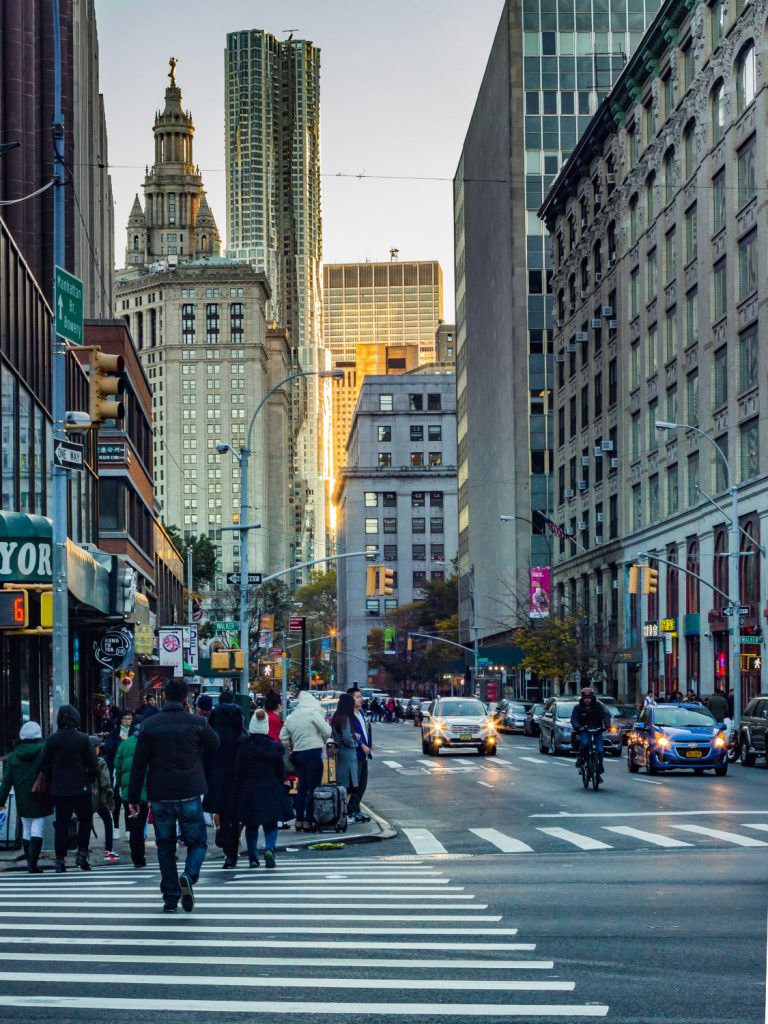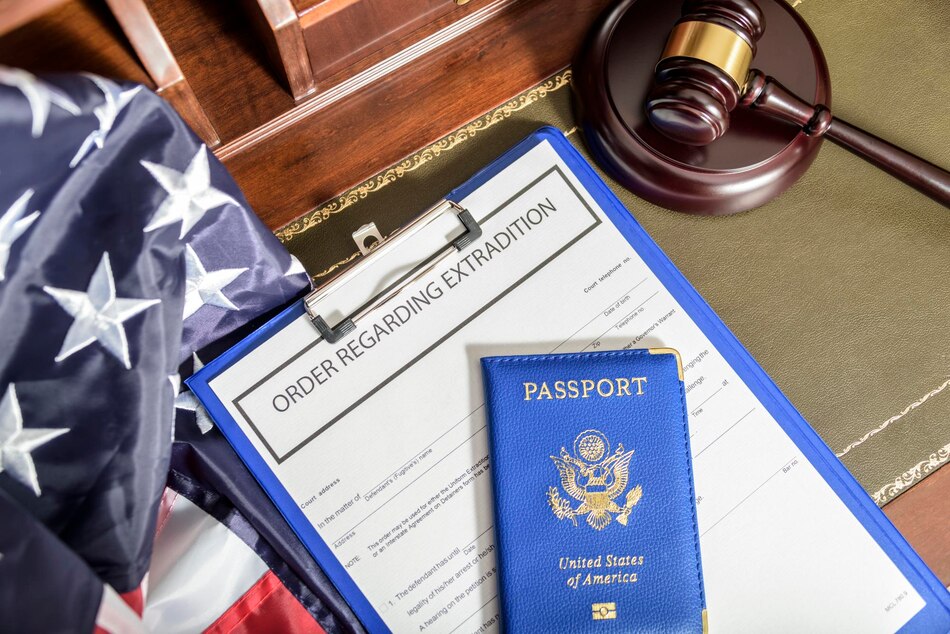Introduction (Population of New York City)
In the bustling heart of the United States, New York City stands as a beacon of diversity, ambition, and constant change. Over the decades, the city that never sleeps has witnessed significant shifts in its population, reflecting the ebb and flow of economic, social, and cultural forces. In this blog, we’ll delve into the fascinating journey of the population of New York City over time, exploring the trends, challenges, and milestones that have shaped the demographic landscape.
The Early Years: A Growing Metropolis

As New York City emerged as a vital port and economic hub in the 19th century, its population began to surge. The promise of economic opportunities, coupled with waves of immigration, led to a rapid increase in residents. By the late 1800s, the city’s population had surpassed one million, marking the beginning of its transformation into a sprawling metropolis.
The Great Migration and Industrial Boom
The early 20th century brought about unprecedented growth fueled by the Great Migration and the industrial boom. African Americans moved north in search of better opportunities, contributing to the city’s cultural richness. Simultaneously, the manufacturing sector thrived, attracting workers from various backgrounds. By 1950, New York City’s population had soared to over seven million.
The Decline and Rebirth of the 1970s
However, the latter half of the 20th century brought challenges as well. Economic downturns, suburbanization trends, and rising crime rates contributed to a decline in population during the 1970s. Many residents sought refuge in the surrounding suburbs, leading to a decrease in the city’s population.
The 1980s marked a turning point as the city began to reverse its fortunes. Investments in urban renewal, a decline in crime rates, and the allure of cultural amenities contributed to a resurgence in population. The 1990s witnessed a wave of immigration, further diversifying the city and propelling its population past the eight-million mark.
21st Century Challenges and Resilience

Entering the 21st century, New York City faced new challenges, including the aftermath of the 9/11 attacks and the Great Recession. Despite these setbacks, the city displayed remarkable resilience. Economic revitalization, the tech boom, and ongoing waves of immigration continued to shape the demographic landscape.
In recent years, the city’s population has shown signs of moderation, with factors like the high cost of living, housing challenges, and the COVID-19 pandemic influencing migration patterns. However, New York City remains a vibrant and dynamic metropolis, adapting to changing circumstances while retaining its status as a global cultural and economic hub.
Factors Shaping Population Trends
- Economic Opportunities:
- The availability of jobs and economic prospects has historically been a significant driver of population growth in New York City. Economic downturns can lead to outmigration, while periods of prosperity attract residents seeking employment opportunities.
- Immigration Patterns:
- Waves of immigration have played a crucial role in shaping the city’s demographic diversity. From European immigrants in the 19th century to the influx of people from Latin America, Asia, and Africa in more recent years, immigration has been a constant force influencing population dynamics.
- Urban Renewal and Infrastructure Development:
- Periods of urban renewal and infrastructure development, such as the construction of iconic landmarks and transportation hubs, have attracted residents and businesses, contributing to population growth.
- Cultural and Social Factors:
- New York City’s reputation as a cultural melting pot and a center for arts, entertainment, and education has been a magnet for individuals seeking a vibrant and diverse urban experience.
- Housing and Cost of Living:
- The availability of affordable housing and the overall cost of living play a pivotal role in population trends. High living costs can lead to outmigration, while efforts to address housing challenges can contribute to population stability.
Conclusion
The population of New York City is a dynamic tapestry woven from the threads of history, immigration, economic trends, and cultural influences. As the city navigates the challenges of the 21st century, it continues to evolve, adapt, and redefine itself. From the early days of rapid expansion to periods of decline and resurgence, the story of New York City’s population reflects the resilience, diversity, and enduring allure of this iconic metropolis.
Frequently Asked Questions (FAQ) – Population of New York City Over Time
1. What factors contributed to the rapid population of New York City in the 19th century?
- The 19th-century population surge was fueled by economic opportunities, the city’s emergence as a key port, and waves of immigration seeking better prospects.
2. How did the Great Migration impact the population of New York City in the early 20th century?
- The Great Migration brought a significant influx of African Americans to northern cities, including New York, contributing to the city’s cultural diversity and population growth.
3. What led to the decline in Population of New York City during the 1970s?
- Factors such as economic downturns, suburbanization trends, and rising crime rates contributed to a decline in population during the 1970s.
4. How did New York City recover from the challenges of the 1970s and 1980s?
- Urban renewal efforts, declining crime rates, and investments in cultural amenities contributed to the city’s resurgence in the 1980s and 1990s.
5. How has immigration influenced the recent Population of New York City ?
- Ongoing waves of immigration, including from Latin America, Asia, and Africa, have continued to diversify the city’s population in the 21st century.
6. What impact did the 9/11 attacks and the Great Recession have on New York City’s population?
- Both events posed challenges, but the city displayed resilience, with economic revitalization, the tech boom, and ongoing immigration contributing to recovery.
7. How did the COVID-19 pandemic affect the population dynamics of New York City?
- The pandemic influenced migration patterns, with factors like remote work, high living costs, and the density of urban living contributing to shifts in population.
8. What role do economic opportunities play in shaping the population of New York City?
- Economic opportunities have historically been a significant driver of population growth. Periods of prosperity attract residents seeking employment and business opportunities.
9. How have housing challenges and the cost of living impacted Population of New York City?
- The availability of affordable housing and the overall cost of living play a pivotal role. High living costs can lead to outmigration, while efforts to address housing challenges contribute to stability.
10. Is New York City’s Population of New York City expected to continue growing in the future?
- Population trends are influenced by various factors. Projections depend on economic conditions, immigration policies, and the city’s ability to address challenges like housing and the cost of living.











